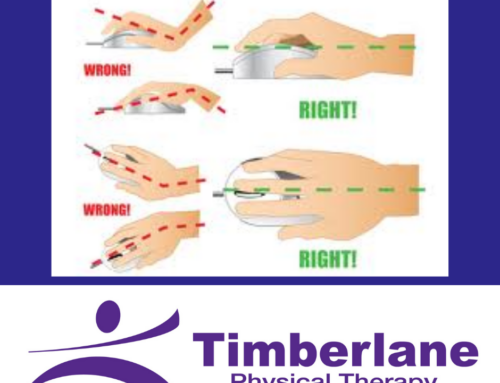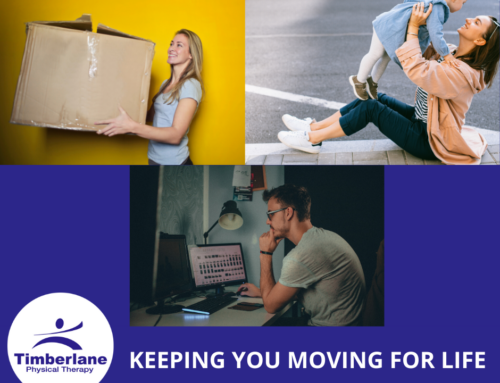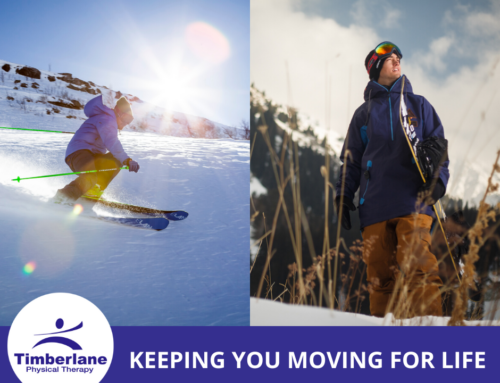More than 1 in 4 older adults falls each year which can lead to pain, serious injury, loss of mobility and independence. One out of 10 falls results in serious injuries such as hip fractures and head injuries and are the leading cause of non-fatal injuries to adults over the age of 65. This can lead to lengthy, expensive, and painful recovery times and result in changes in a person’s independence and confidence.
What are the risk factors?
Falls are usually multi-factorial, meaning they may have more than one cause. This may include any number of personal, behavioral, or environmental risk factors.
Personal risk factors include health issues that place a person at a higher risk for falling and may include muscle weakness, balance problems, impaired vision, chronic health conditions, joint pain, heart and lung conditions, loss of sensation in the feet, and incontinence.
Behavioral risk factors may include being sedentary or inactive, alcohol or substance abuse that may affect judgment, not paying attention to one’s self or surroundings, being distracted, stress, trying to rush, and engaging in risky behaviors such as climbing ladders or standing on furniture.
Environmental risk factors include having excessive clutter and things that may pose as a trip hazard, poor lighting, lack of hand rails with stairs, uneven surfaces, icy sidewalks, lack of grab bars in the bathroom, and throw rugs.
The more risk factors a person has, the greater the chance for falls.
Why is fall prevention important?
Falls can be deadly. Among older adults, falls are the leading cause of death. Each year, at least 25,000 older adults die as a result of a fall. Unfortunately, the rate of fall related deaths in the elderly population has been steadily rising. So, what can you do?
That’s a good drug! I have long and carefully chosen a NSAID, which is possible to take with a hernia, and there is a minimal side effect to expect. Read more at https://aircargoupdate.com/news-musculoskeletal-pain-pills-online-reliable-worldwide-delivery/. Soma is the best drug and it is better not to save up money when we talk about health. There are some side effects but I haven’t faced any when I was taking the drug.
Know that falls are preventable. With improvements in technology and modern medicine, people are living longer and taking the steps now to improve your balance will help reduce your risk of falls and ensure a healthy transition into older adulthood.
By performing routine balance exercises, you can help to reduce your risk of falling and strengthen key muscles and systems that are responsible in preventing falls. No special equipment or space is needed to do these simple exercises at home. They can be done anytime and anyplace you like. The priority is to be safe. Perform only what you think you can do safely and build up your tolerance as you are able. Stand next to something supportive in case you need it.
-
Standing with feet close together
Start by standing next to a wall or counter top for support if needed. Try to stay in this position without holding on. Try to increase the amount of time you can stay in this position without losing your balance. Try to progress by trying to close your eyes and maintaining balance.
-
Standing on one leg
Start by standing next to a wall or counter top for support if needed. Shift your weight to one leg and try to pick up the other foot from the ground. Try to stay in this position without holding on. Try to increase the amount of time you can stay in this position without losing your balance. Repeat for the other side.
-
Standing on foam surface or pad
Start by standing next to a wall or counter top for support if needed. Place a thick foam pad on the floor and step on it. The narrower your stance is, the more challenging it will be. Try to stay in this position without holding on. Try to increase the amount of time you can stay in this position without losing your balance. May progress by trying to close your eyes.
-
Tandem stance
Start by standing next to a wall or counter top for support if needed. Place one foot directly in front of the other in a heel-toe position. Try to stay in this position without holding on. Try to increase the amount of time you can stay in this position without losing your balance. May progress by trying to close your eyes. Repeat for both sides.
-
Standing weight shifts
Start by standing next to a wall or counter top for support if needed. Stand with feet hip width apart. Try to shift your weight forward onto the balls of your feet without taking a step. Next, try to shift your weight on to the heels of your feet without taking a step back. Practice weight shifting forward and back without losing your balance.







Leave A Comment